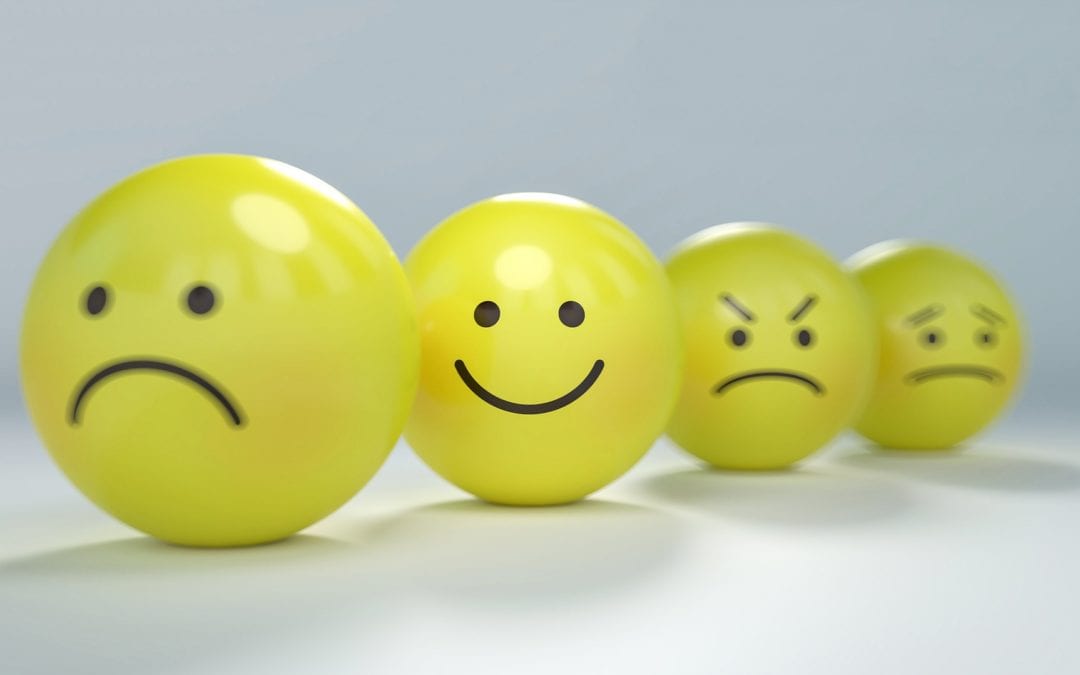A decade of change in communications
Can you picture yourself answering a simple “Ok.” when receiving a text? Ten years ago you certainly would have and it is likely that you didn’t even know what an Emoji looked like. With the exploding increase in use of smartphones, you won’t have missed that the language of Emoji has been added to the 7,000 languages spoken worldwide.
The 7001st language
During the last decade, we have seen that people don’t use their phone as a simple tool anymore. It has quickly become a second version of one’s self. Your smartphone is your reflection in the mirror. You can easily tell whether someone likes a little colour in their life or prefers minimalism by looking at their phone case. The apps they download reveal a lot about their lifestyle. The wallpaper hints about their personal life. But what is betraying us in our way of speaking? Guess! The language of Emoji allows us to transcribe our emotions and tone much more efficiently than using words.
How and when did the language of Emoji appear?
It all started with the emoji’s ancestors : the emoticons. Emoticons were the very first common digital language. Combining existing characters in chatrooms allowed to insert emotions in a message. For example, if something made you happy you would write “:-)”. The first actual Emoji is born in 1999, in Japan, by Shigetaka Kurita, by request of the mobile carrier company DoCoMo. Their aim was to offer their customers a catchy and effective new way to communicate. For example, one could send an icon of a raining cloud instead of writing, “It’s raining now”. Introducing this new visual language inspired Apple developers, who enabled a full emoji keyboard when releasing the first iPhone. As it fits perfectly our increasingly fast and digital lifestyle it got quickly and widely adopted.
Is the language of Emoji related to age, gender, or politics?
All of the above! Your way of using the language of Emoji actually reveals a lot about your social class, depending on your country of origin. Linguist Tyler Schnoebelen presented a study on World Emoji Day 2018 that revealed that the less American citizens use Emoji, the more likely they are to support Donald Trump. But don’t take it for granted! It is difficult to classify the Emoji as being used worldwide by a certain class as it changes according to the culture. For example, the Swiftkey 2015 Emoji Report highlights that French people use four times the number of heart Emoji than other cultures. France is also the only country where a regular smiley face isn’t ranked first. And surprisingly, Canadians use more Emoji related to sports and violence than Americans.
Have you missed the Emoji train? Here is a short guide to proper use of the language of Emoji:
Just like any language, the language of Emoji has its rules. One rule is to try and translate the non-verbal communication you express through your body language in the form of Emoji. Indeed, scientists have proven that our brain reacts to Emoji in a similar fashion to when we look at a human face. Different emotions arise according to the Emoji chosen. The second rule is to use the Emoji where you would usually put the emphasis on the emotion. If you are using several Emoji, classify them with the first being the most important to you. Some examples:
I got engaged ???
- Meaning: “I’m so happy I got engaged, the ring is beautiful, can’t wait to celebrate.” The recipient should feel excitement for their friend and should expect to be invited to the party.
- Meaning: “Deal!”
Contact us!
At LingoStar, we are not certified yet to translate the Language of Emojis ?
But we can certainly translate the context and emotions of your texts into words thanks to our fully qualified translators! Get a free quote on our website, or call us at 604-629-8420, or email us at info@lingo-star.com for more information. Do not hesitate to contact us, we’ll be glad to help!

















